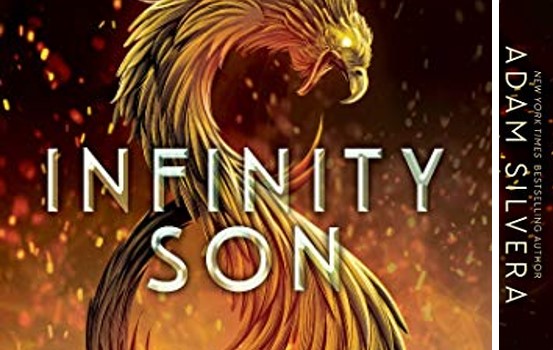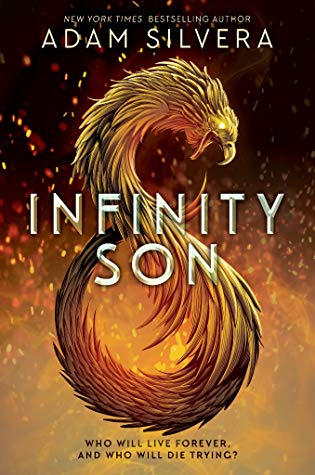The Camino Club by Kevin Craig
Published by Duet Books
Released on 6 October 2020 (In the US)
ISBN 9781945053979
Read 26 – 27 September 2020

This is a road trip of a different kind. We follow an eclectic group of teenagers — a little bit delinquent, a little bit neglected, and a lot in need of empathy — across a section of the Camino Way, a route travelled by pilgrims, through Spain for many centuries. Researching this journey, I discovered that there are quite a few different routes a tourist can choose. Our young Canadians travel from Ponferrada to Santiago de Compostela, (see map below) walking many kilometres a day through amazing landscapes and historic villages, and not for fun, or as part of a school trip. These kids are strangers to each other before they begin what is basically a punishment as a consequence of their (relatively low-level) offenses. It was this or go into Juvenile detention. Not much choice, really, and for one of them, it’s actually on his bucket list!

Trent, the bucket list offender, is one of three narrative threads, and I think I enjoyed his feisty, no filter, unapologetic voice the most. As an out and proud gay young man, Trent has struggled, yet he remains vibrant and optimistic, and shows a generous big heart. The other two points of view are Diego, a Latino boy raised by his single mother and Abuela, and Shania (not Twain, thank you very much!) a hot headed angry young woman, mostly unlikeable at the start, who develops a crush on Diego, (which, you’ll be pleased to know, is returned).
There are three other teenagers on the pilgrimage – Claire, Manny and Greg – but we only view them through the eyes of the other kids. This means we don’t really get to know them as well. Right at the beginning, Manny and Diego joke about being like The Breakfast Club crowd (hence the pronouncement ‘The Camino Club’), and it is actually a little bit like that: They are a range of ethnicities, with different socio economic backgrounds (& crimes), but ultimately, it is the ways in which they are similar that paves the way to find common ground and bond.
The Camino Clubbers are supervised by Gilbert and Meagan, a pair of counsellors, who keep them on the path (literally), but who are also there as guides and mentors. I can understand the role they are meant to play, but I was disappointed that readers are not given more of these interactions on the page. We are told that the eight of them will assemble at least once a day to share their experiences, unburden their troubles, presumably to develop a group bond. But the focus on encounters between two or three of the group at any one time means that a lot of their individual growth happens through these smaller dialogues, with the group bond developing almost incidentally. Craig also introduces a character called Bastien, an old man who joins them and acts as a parental figure, and while he is genuine, warm-hearted and responsible for many of my tears, I think he diminishes the roles of Gil and Meagan.
I enjoyed walking along these trails with these troubled teenagers. It becomes clear that they have had tough lives, through absent or narrow-minded parents, and through bullying and societal expectations. While it takes them a while (some more than others. I am looking at you Greg!) to face their actions and take responsibility, it’s also hard to imagine that such a trip wouldn’t have a profound effect. The community of pilgrims is tangible, and the demonstration of kindness and inclusivity is palpable, so their eyes are opened up to a world that’s bigger than themselves. They see their behaviours as they are: selfish and reckless, and are challenged to be better. They know now that there are others who have their back. This little group is strong and by the end of the book, we understand they will be okay, especially if they continue to support each other through difficult times.
Thanks to Duet Books and Netgalley for the advanced copy. I have not been lucky enough to journey along the Camino Way, so I loved living vicariously through Trent, Diego and Shania. Recommended for readers who love their protagonists damaged but not broken, who are interested in seeing new places, and who love snarky sometimes shouty conversation. I haven’t mentioned it, but there is also grief here, but the healing is strong with the growth of characters an important part of the story.





















